Cat Willett is an artist who keeps consciousness and community at the forefront of her work. Her illustrations are unequivocally feminine — both soft and strong at once, her use of color is intentional and thematic, and there’s an air of optimism around everything she creates. She recently completed a mural entitled “Reigning From Bed-Stuy,” honoring five incredible female artists, politicians, and activists who made a mark throughout the neighborhood’s history. The mural is posted on a wall outside of Bed-Stuy establishment Sincerely, Tommy, and it will live on as long as the elements allow.
Though Cat is still discovering who she is as an illustrator and what the future holds, she’s off to a bold start. I sat down with her at Nostrand Cafe in Bed-Stuy to discuss the role of serendipity in her budding career, the importance of empowering female illustrators, and the exciting endeavors she has in store.
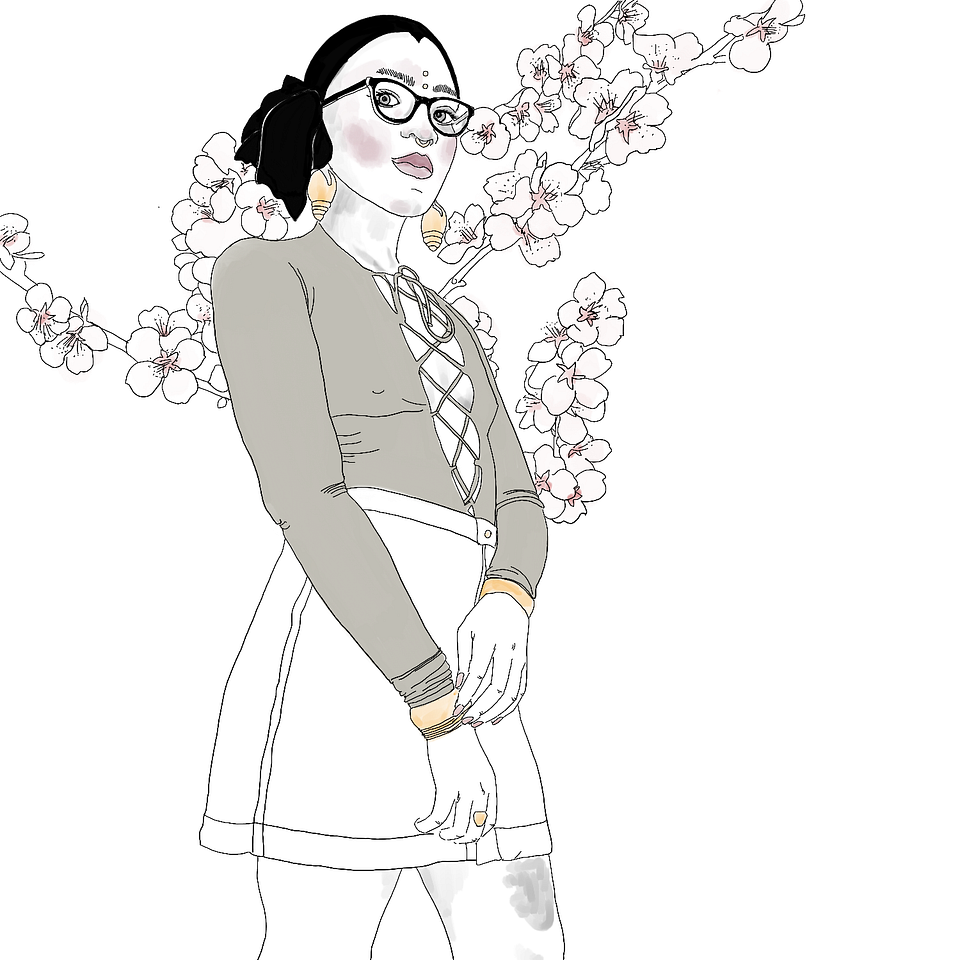
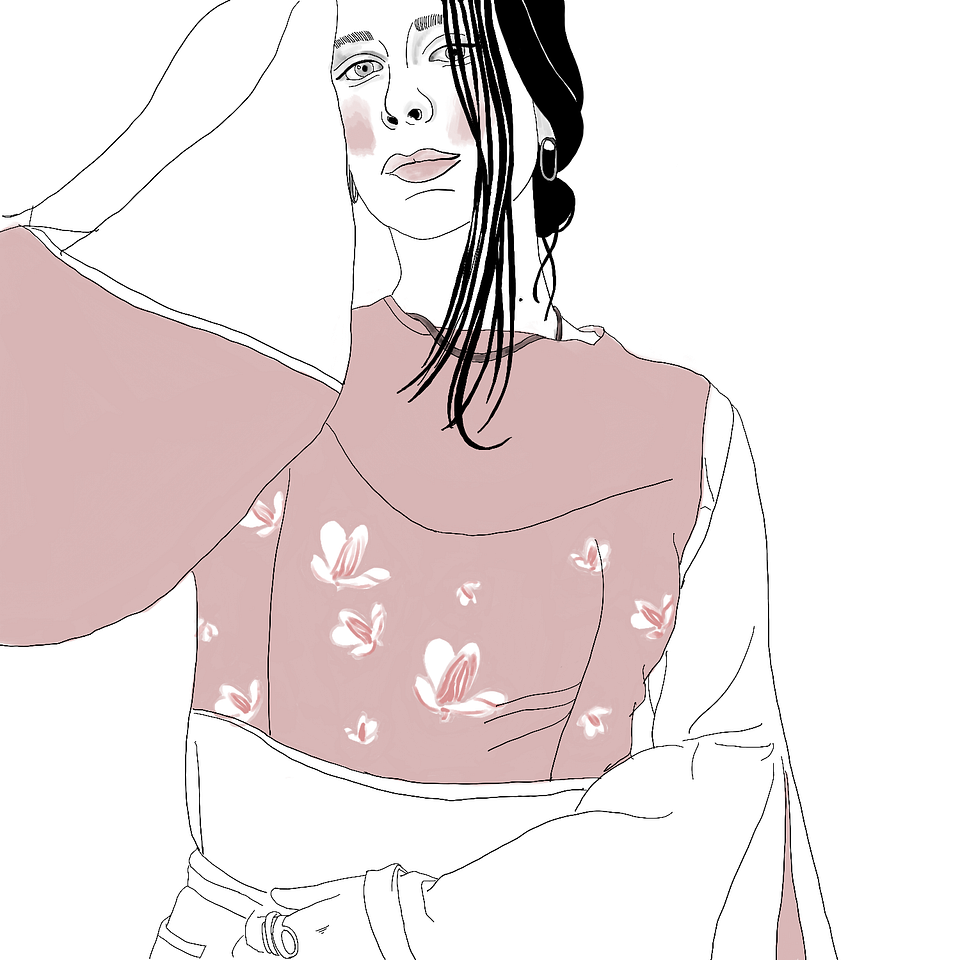
Lyka Sethi: Can you tell me about your trajectory and what got you into illustration?
Cat Willett: I’m from Buffalo, New York. I have been making art since as long as I can remember, but didn’t ever really think that I would be an artist when I grew up. My dad is a painter and my mother worked in art galleries. So I was exposed to art and was constantly drawing.
I went to a technical high school that had majors so I studied architecture. I thought I wanted to be an architect, but through doing drafting drawings, I realized I just love to draw, and I studied fine art and art history in college.
LS: It’s basically in your genetics. What made you think it wasn’t a career option?
CW: I didn’t know many career artists growing up, even though I was exposed to so much amazing art. My dad always had a full time job as a web developer and graphic designer. But when I moved to New York I saw so many working illustrators! It was eye-opening to see that it was a viable career.
I decided two years ago to look into grad school and I’m in the Master’s program at FIT. I was looking for community and connections with other artists. I’m grateful I enrolled in that program — there are only six of us and we’re really tight.
LS: Wow, that’s small! How is it going?
CW: Yep, it’s intimate. I’ve been able to develop my voice in a way that I don’t know if I could have on my own, or it would’ve taken me a lot longer. And to meet and connect with illustrators doing different things: surface design, books, editorial, print… there are so many ways you can go. I feel like my illustration career is just starting to blossom. I’m starting to gain momentum and take what I’ve been learning over the last two years and think about how I can put it out into the world.
LS: Are you pursuing a specific concentration as part of your Master’s, or is it open-ended?
CW: I wanted to go back to school to learn how to work digitally because I have a traditional fine art background. I studied printmaking, which is super analog. And I knew that in order to work in this competitive market I needed to learn digital media. So that’s been my focus.
LS: Focusing on digital makes sense. Tangentially, Instagram seems to have become a hub for illustration. How do you use it?
CW: All of my commissions come through Instagram. I think it really levels the playing field and makes it easier to reach out to people and connect. Historically, women have been very much left out of the canon. With the internet and being able to market yourself and not rely on an agent or publisher for exposure — it’s insane how many female illustrators have blossomed. They’re speaking really honestly about their lives, they’re getting vulnerable. It’s just easier to share now.
LS: Can you tell me a little bit about the mural you recently completed, “Reigning From Bed-Stuy”? How did this project come to be?

CW: It was actually a school project. Aya Kakeda, my professor at the time, is an amazing illustrator and she’s very whimsical and imaginative. The assignment was to do something about my neighborhood, totally open-ended. I feel a connection to Bed-Stuy — a lot of my friends from Buffalo went to Pratt in Bed-Stuy, and whenever I visited I would stay here. I think I saw Brooklyn before I ever saw Manhattan. This was always New York to me.
LS: Woah, that’s certainly not typical!
CW: Yeah. And after living in Park Slope and Crown Heights I moved here — and for the first time, I felt a sense of community. My neighbors crossed the street and introduced themselves when I moved in. And brought me food! New Yorkers are so guarded that I was almost taken aback at first.
LS: That’s really rare.
CW: Yeah, so I knew I wanted to do something that could be a gift to the neighborhood. I started to research the history of Bed-Stuy — it has a complicated past and present, and I didn’t want to take advantage of my place in this neighborhood as a newcomer. I was researching the race riots in the 60s and the political climate and the housing market, and I kept finding all of these amazing women figures popping up. Bed-Stuy has a lot of pride in its history — we have streets named after revolutionaries like Malcolm X Blvd and Marcus Garvey, but I had never seen women highlighted, so I started reading their stories. I knew that I wanted to celebrate them and make something positive and hopefully educational to people who might not know, especially newcomers to the area.
LS: Definitely. So where’d you go from there?
CW: I started with portraits of five women I selected: Shirley Chisholm, June Jordan, Hattie Carthan, Elsie Richardson, and Lena Horne. I handed the assignment in, but then I thought, ‘this should be something that I can share with the neighborhood.’ I was at Sincerely, Tommy one day — it’s female-owned and is a concept store with a cafe in the front. They sell vintage clothes and have cool community meet ups. They’re very present in the neighborhood.
A new curator of the vintage section had just started, and she was telling me she wanted to do more art shows. I showed her other work I’d done that I thought would fit— and she was like ‘oh, I really want to do something about women.’ And I said, ‘this is weird, because I just did this series of women from Bed-Stuy.’ She loved it, showed it to the owner, Kai, and she asked me to install them as a mural!
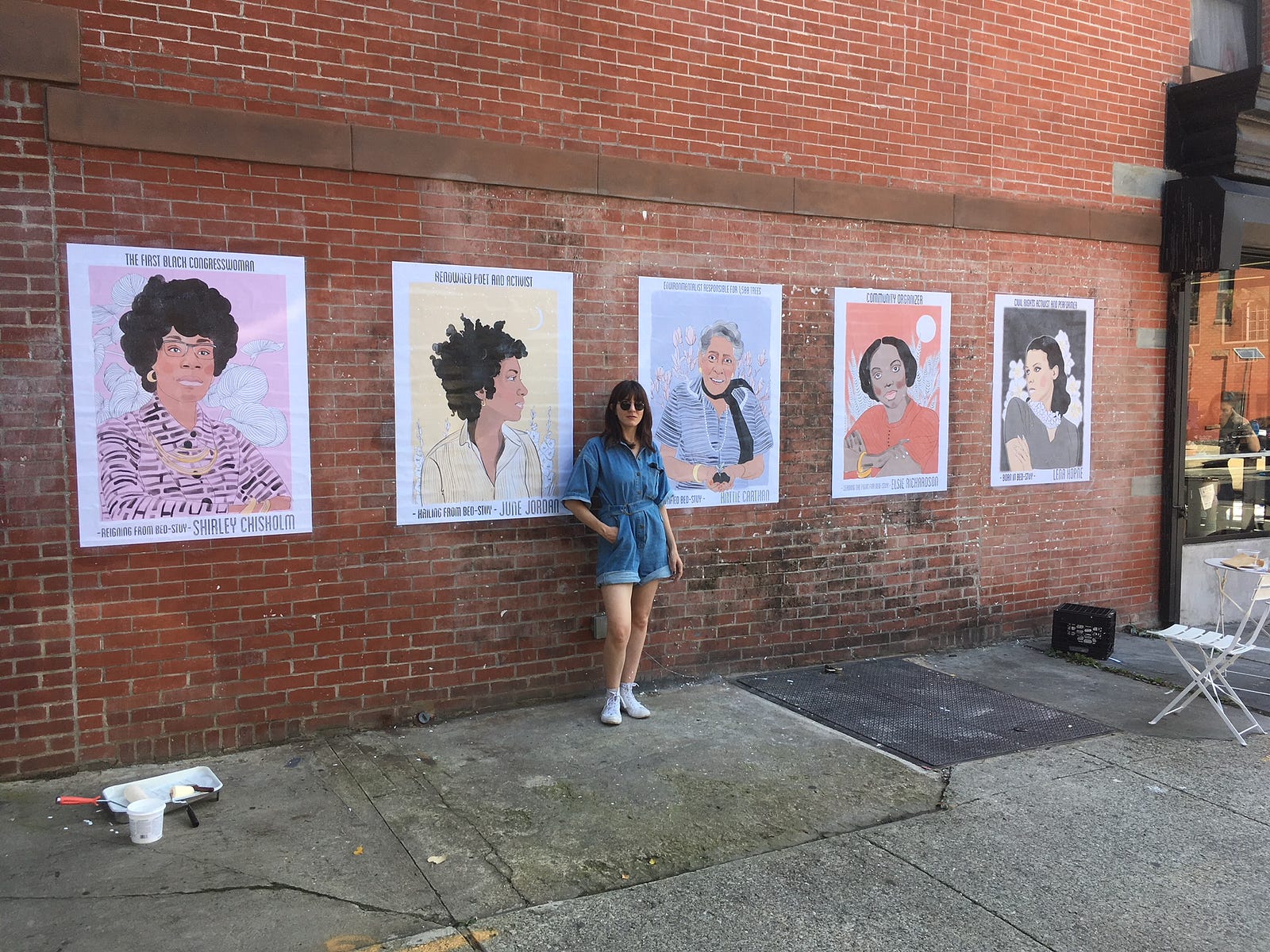
LS: Wow, so serendipitous.
CW: It was like kismet. And we hosted an opening reception with nine female artists and a mural unveil.
LS: How have people reacted?
CW: I’ve had people reach out and say ‘hey, this means so much to me.’ The owner of Sincerely, Tommy’s grandmother was at the opening. She told me, ‘I came to this neighborhood when it was a much different place. And nobody believed in us. As a woman and as a business owner, this is really important to me.’ It was really special.


LS: That’s amazing. Of course you had positive intentions going into it but I’m sure it’s kind of surreal to hear things like that.
CW: I was actually really nervous.
LS: What were you nervous about?
CW: I’ve never shown my work in such a public, big way. I’m very much an introvert, and these are other people’s stories, you know? I wanted to be sure I was telling them correctly, in a way that people could connect to, as a white woman in Bed-Stuy in a neighborhood that’s primarily people of color. And the women I featured are women of color. I wanted it to be celebratory.
LS: That is wonderful. I guess when you are coming from a place of self-awareness and good intention, there’s usually a positive outcome.
CW: That was a big learning. That I should trust myself. If I know it’s good hearted, do it. That’s what I hope to do with my work. To inspire and teach.
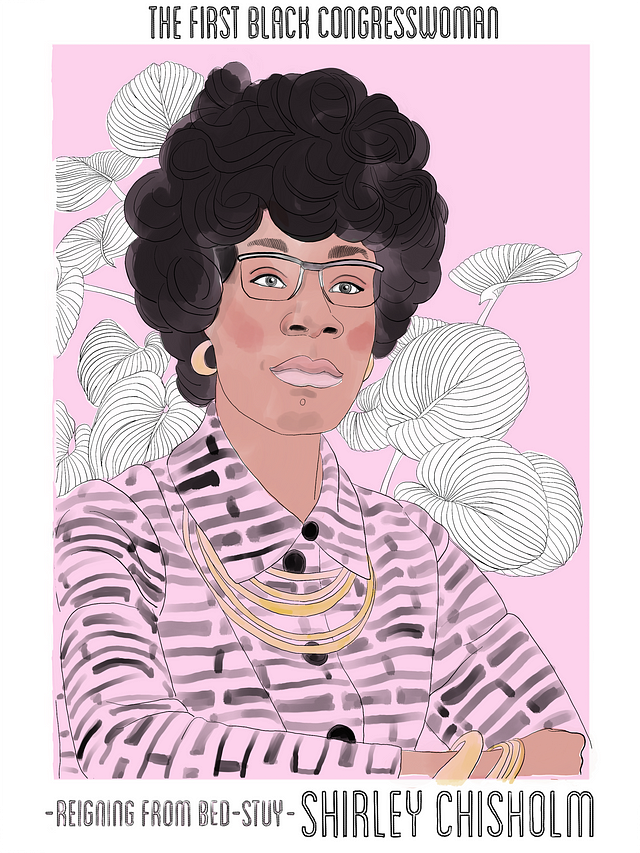
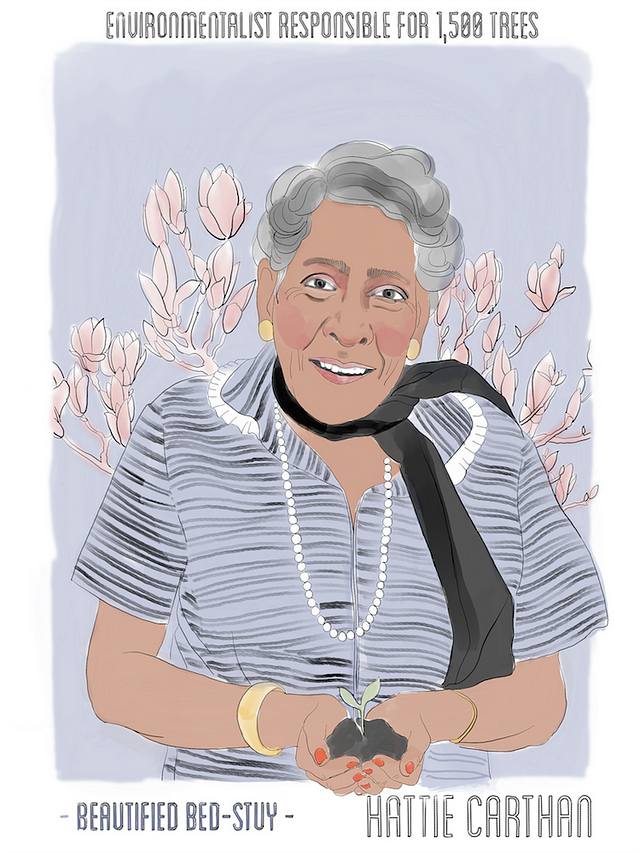
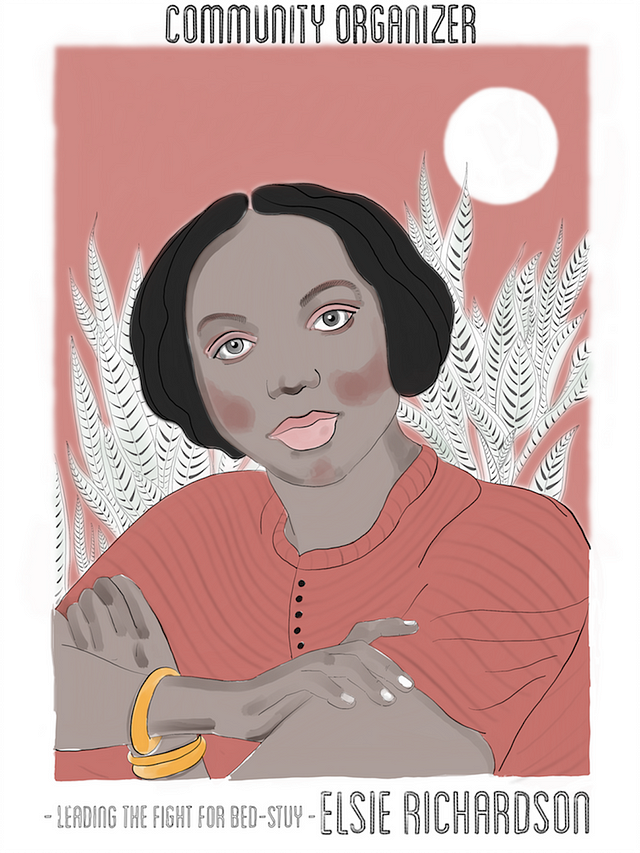
LS: Did this experience make you want to continue incorporating historical elements or social commentary into your work moving forward? How?
CW: Absolutely. I have to do a visual thesis project to graduate and it culminates in an exhibition. I’m creating a book of women who were pioneers in their respective industries throughout history. There’s botanists, politicians, illustrators. This definitely was inspired by the mural project.
LS: Could you tell me a bit more about living in Bed-Stuy, how long you’ve been there, and what you love most about the community?
CW: I’ve been here for about a year and a half. I love how accepted I’ve been as a newbie to the area. I feel really looked after. My neighbors will check in on me, and you know, bring my packages inside!
The houses are historic, the architecture is gorgeous. I live in a brownstone and it’s a dream. There’s a wonderful celebration of the black community, and there are so many strong business owners who have faced a lot of obstacles and run thriving businesses that are interconnected.
LS: Could you describe your design ethos — is that something you’re developing? I’m sure it always evolves, but how would you describe your aesthetic at this point in time?
CW: I try to have a delicate hand. I love line work and bringing a sense of softness to a likeness. Some feedback I got on the portraits I did for the mural were like, ‘these women look so strong but you also painted them really delicately.’ I try to ride that line of empowerment through line work and color choice with approachability and visual appeal. I want to make things that are pretty. You’re not supposed to say that as an artist, but I do.
LS: I felt the same way looking at the portraits.
CW: Thank you! I want to do more murals now. I ended up printing those portraits really large and wheat-pasting them which was a cool experience. I would love to work like that more. I just submitted another mural proposal. It’s at a community garden in the Lower East Side.
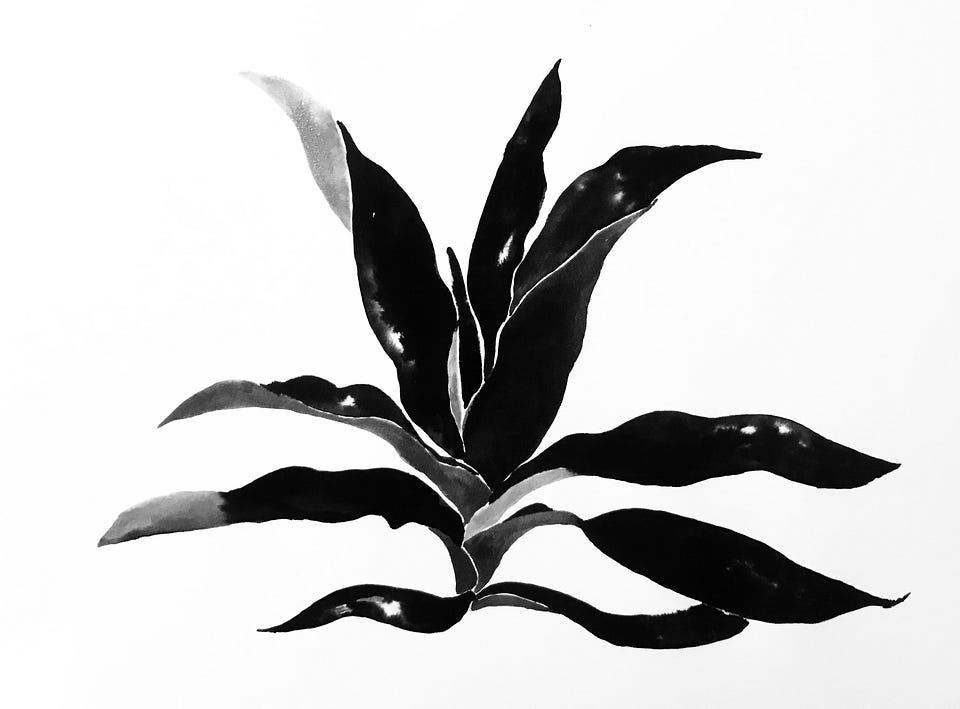
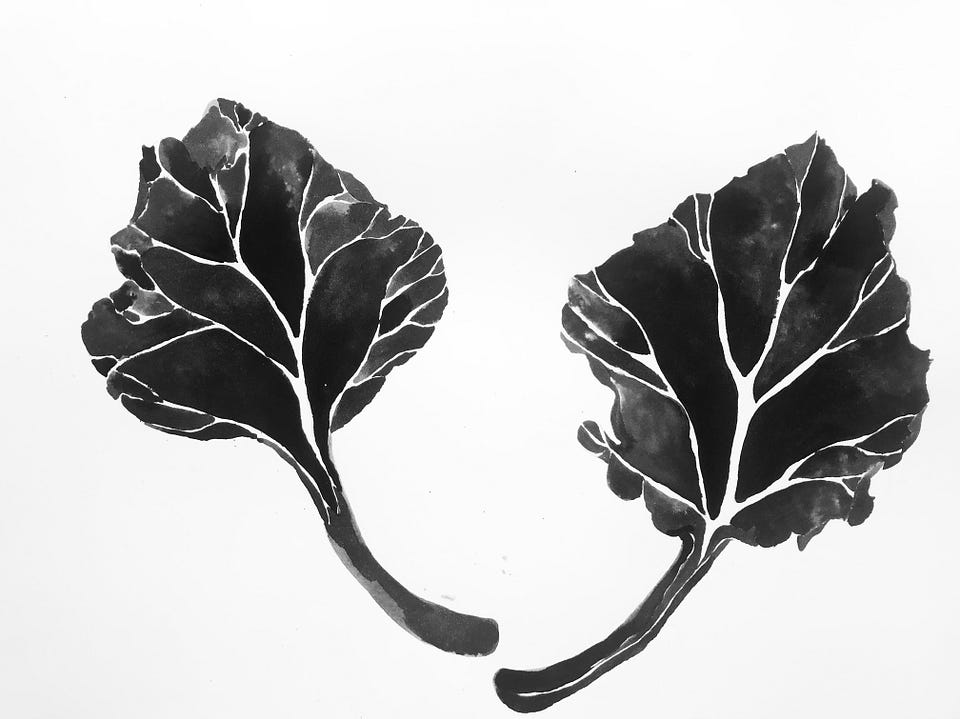
LS: Awesome. In terms of what’s on the horizon, then, what are you looking forward to once you graduate?
CW: I hope to have an exhibition for the drawings that are in the book, as well as a dummy book that I can pitch to publishers. That’s my biggest goal now.
Someone at Apple saw my mural and asked if I created it digitally with the Apple pencil. It turns out I did. Another weird serendipitous thing! So I’m teaching a workshop at Apple on December 2nd. And I have a small show at Soft Opening Brooklyn, a plant shop in Williamsburg, on December 14th. That will be more of my botanical paintings.
LS: This is all so exciting! To wrap up — who are some illustrators you admire, past or present?
CW: My thesis advisor Monika Maniecki is an awesome digital illustrator and her class was the first I took at FIT. Her work is dynamic and beautiful and you just get lost in it. She’s also shy and understated, and her work just speaks volumes. I’ve learned so much from her and I look up to her.
For my written thesis I’ve been researching Pamela Colman Smith, who designed the most popular Tarot deck, the Rider-Waite. But she did so much more: children’s books, performance, and set design. She had her own zine in, like, 1901. And nobody really knows who she is. She isn’t even credited on the deck and was barely paid for it.
LS: And now it’s everywhere.
CW: Right, and if she is known, it’s only for that, and mostly within the occult community. She lived a very bohemian, radical life for her time. So I’ve been writing about her and she’s been a huge inspiration.
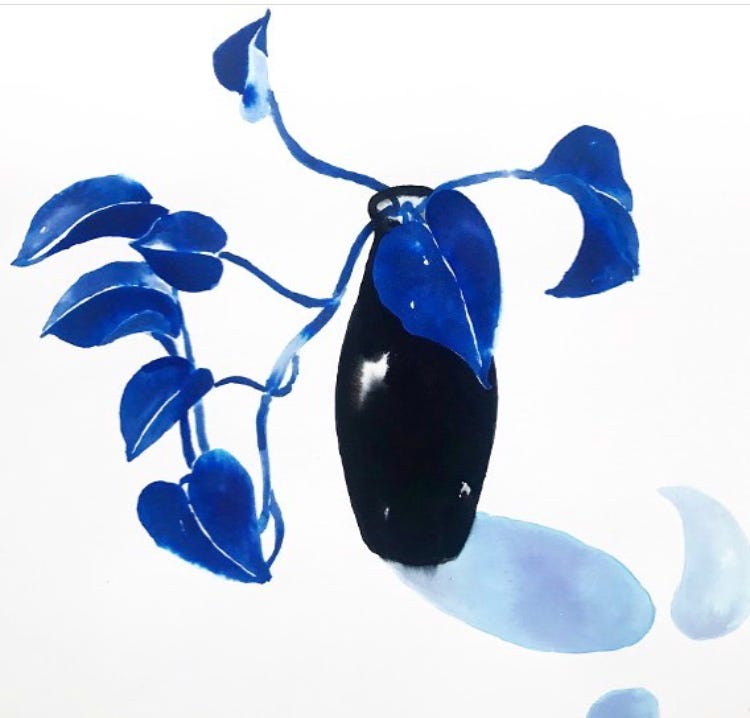
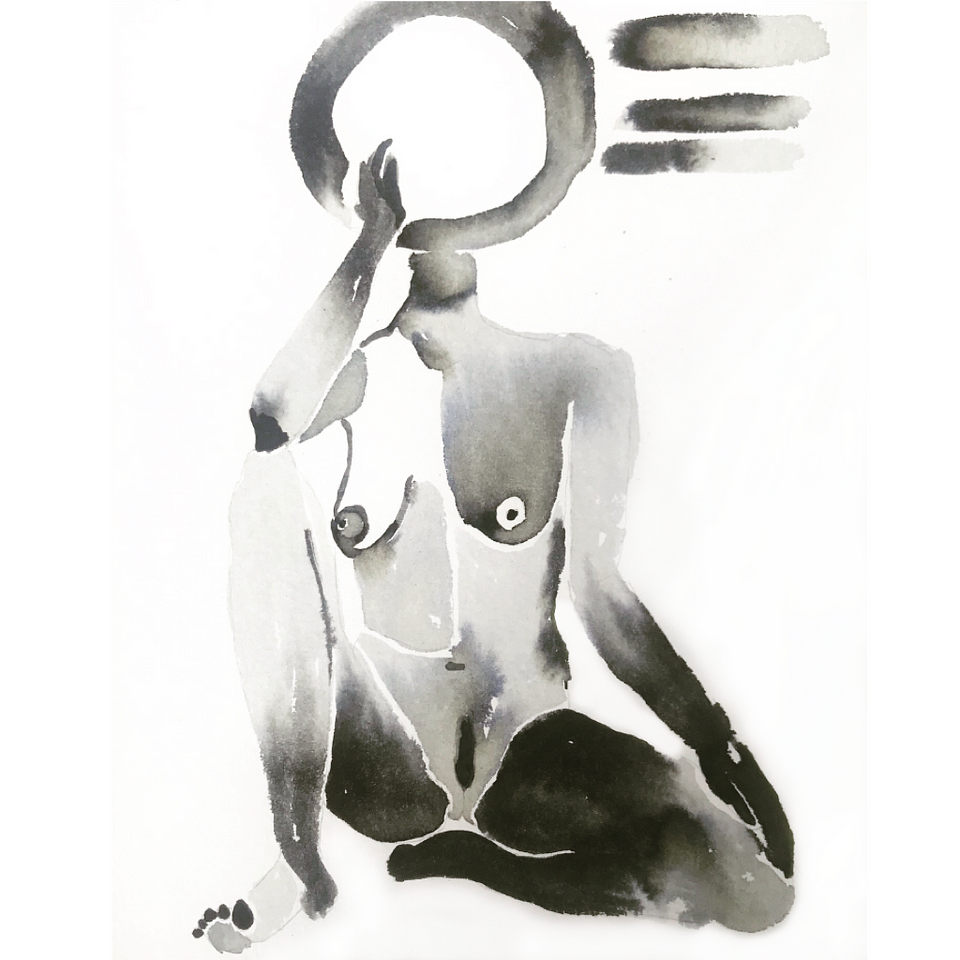
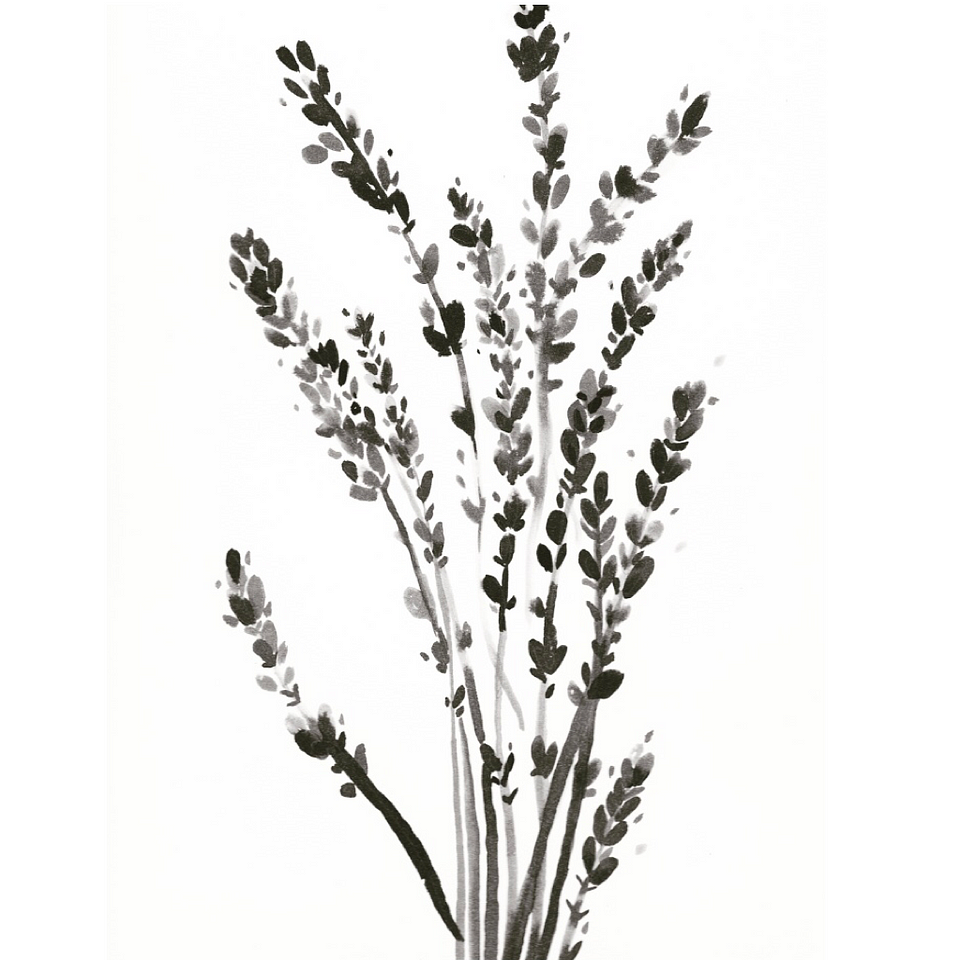
Check out (and purchase) Cat’s work on her website, and be sure to follow her on Instagram to stay in the loop!
Share your thoughts with us by tweeting us @nooklyn, reaching out on Facebook page or finding us on Instagram @nooklyn.stories!
Cover photo by Brandon Osorio. All other images courtesy of Cat Willett.